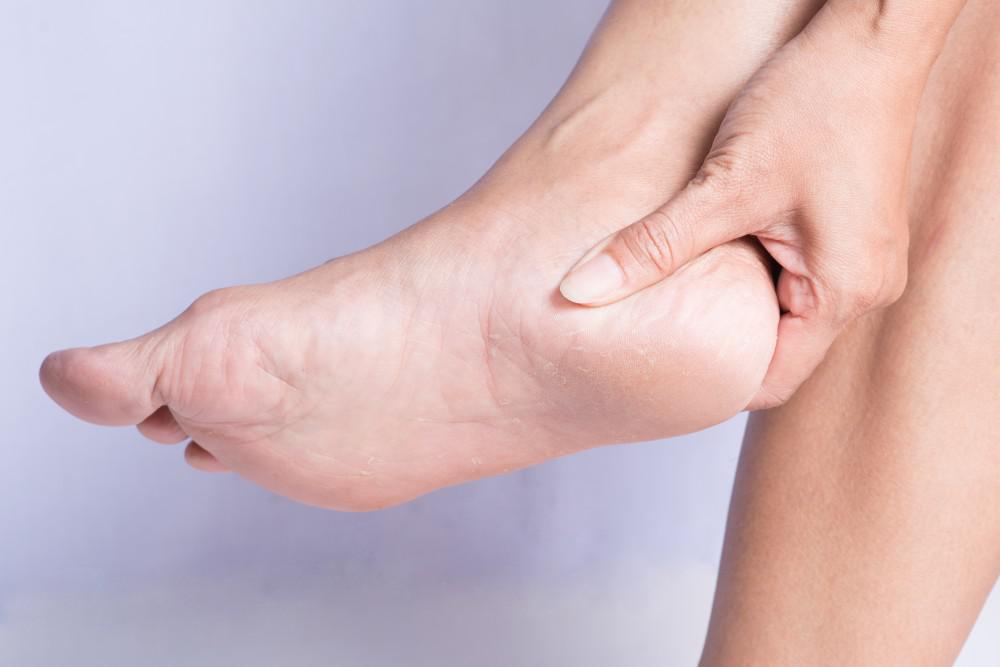In a perfect world, you jump out of bed to take on the day well-rested and full of energy, but your feet may have other plans, hobbling you with pain. As you gingerly make your way to the bathroom, the pain slowly subsides, but your day certainly didn’t get off to the start you had hoped for.
This routine is the hallmark of plantar fasciitis, which can cause moderate to severe pain in your heels and along the bottoms of your feet after long periods of inactivity.
At Mountain View Foot & Ankle, Dr. David B. Glover and our team specialize in heel and foot pain, with the goal of helping our patients in South Ogden, Utah, find much-needed relief. If you wake to heel pain, the odds are good that you may be dealing with plantar fasciitis.
Here’s a look at plantar fasciitis and, more importantly, how we can get you hopping out of bed with a spring in your step.
Behind plantar fasciitis
Plantar fasciitis is a condition that causes pain and inflammation in your plantar fascia, a band of tissue that stretches along the bottom of your feet from your heels to your toes. This thick band of connective tissue provides critical support in your feet and endures a fair amount of stress during the course of a normal day.
Should this tissue become overstressed, however, it can develop tiny tears that lead to inflammation and the pain you feel in the morning. The reason why the pain flares with your first steps after a long period of inactivity is because the inflammation causes your plantar fascia to tighten.
So when you first step down on your foot in the morning, this tight tissue pulls painfully until it warms up and stretches out.
On top of the compromised tissue, plantar fasciitis can also lead to heel spurs, which are extra growths of bone that can compound the problem and add to the pain in your heels.
The stress on your plantar fascia, and the resulting plantar fasciitis, can develop because of:
- Poor foot structure (overly high or low arches)
- Spending long hours on your feet
- Engaging in high-impact sports like road running
- Carrying extra weight
- Aging
No matter the underlying cause of your plantar fasciitis, our goal is to help you find relief.
Treating plantar fasciitis
If you’re exhibiting the symptoms we described above, you should come see us so we can properly diagnose the problem. If we find that plantar fasciitis is the culprit, we set to work to find you relief.
Typically, we like to start out conservatively with:
- Rest
- Anti-inflammatory medications
- Gentle stretching exercises
- A change in footwear
- Custom orthotics
- Night splints
If your pain persists, we may recommend a corticosteroid injection to address both the pain and the inflammation.
And should these measures prove unsuccessful, we may recommend a surgical solution, but this is extremely rare.
The bottom line is that we work with you until you find relief from this type of heel pain. To get started on treating your plantar fasciitis, please call us at 801-614-2996, send us a message here on our website, or use our easy online scheduling tool to request an appointment.

